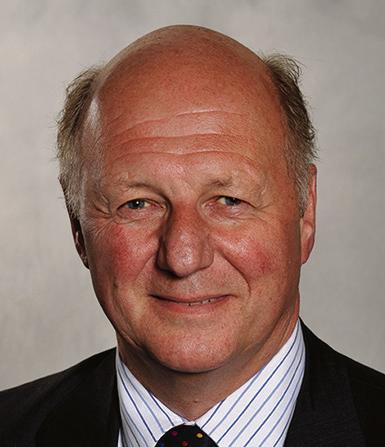FIRST MILK has confirmed that under its new A & B pricing structure for April, that the A price will be set at 20.87ppl for the manufacturing pool and 20.5ppl for the balancing pool.
The range for the B price is 16ppl to 18ppl and as previously communicated this will be fixed after the month-end.
Chairman Sir Jim Paice MP commented: “There continues to be marked volatility in global dairy prices. Nevertheless, the recent movement of market indicators means that we are cautiously optimistic that the trend for future dairy prices is, at long last, a more positive one.
“However, there remain a number of uncertainties. For example, although the latest few GDT figures have been encouraging, as yet, they have not fed through to milk prices and many buyers are awaiting the outcome of the forthcoming spring flush.
“As a Board we will continue to monitor market indicators closely and build these into our decision-making on milk price.”
However, NFU Cymru says First Milk members are shocked at the forecast milk price set for April under their new A and B pricing model and the Union is concerned that some are already questioning their future in the industry as a result. NFU Cymru Milk Board Chairman Aled Jones said, “Late last month, First Milk announced they were bringing in their new A and B pricing model from April and now we’ve seen what this delivers. Put simply, this is a price cut masquerading as a new pricing model. We have seen positive signals recently and this needs to feedback onto farm urgently.
“The B price forecast of 16-18ppl is extremely cautious – sitting at around the EU powder intervention price this is not manageable for farmers to deal with.”
NFU Cymru President Stephen James said, “This decision will see many First Milk producers seriously questioning their future in the dairy industry. This has massive implications not just for the future of dairy production in one of the most efficient milk fields in Europe but also for the rural economy.”
Angry reaction as First Milk confirms April prices















Add Comment